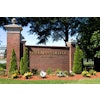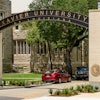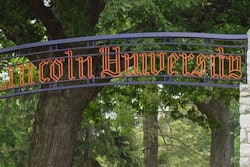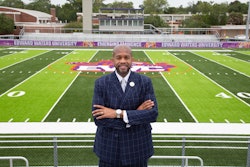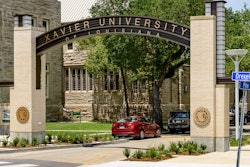As institutional performance, outcomes and effectiveness become a major focus in higher education, the conversation regarding the accountability of historically Black Colleges and Universities (HBCUs) and HBCU leadership has increased. More scrutiny has been placed on administrative practices, presidential turnover and board of trustees’ decision-making and presidential relations. Historically and contemporarily, this conversation has centered on the HBCU presidency. However, as we move into the HBCU community’s next great era, it is imperative that current ideas around leadership be broadened to include all parties that strategically plan and make decisions for HBCUs. Along with the president, this team includes senior-level administrators and the board of trustees.
In recent years, the rapid presidential turnover at a number of HBCUs has gained increased attention. Presidents at HBCUs serve an average of six years as opposed to the national average of 8.5 years (Freeman & Gasman, 2014). The reason for this high turnover at HBCUs range from resignations to poor president-board relations.
This high turnover has not only become an area of concern for HBCU leaders and stakeholders, but also for some accrediting agencies, such as Southern Association of Colleges and Schools Commission on Colleges (SACSCOC), the accrediting agency for a majority of HBCUs. SACSCOC’s governance and administration requirements call for boards to have periodic evaluations of their CEO (the president) but have found institutions to have issues with board composition, the ways in which they did or did not periodically evaluate their president, and issues implementing shared governance.
Though HBCUs have had a tenuous relationship with SACSCOC in the past, most sanctions occurred due to financial challenges.
However, as this age of accountability continues, it seems SACSCOC is placing special focus on evidence of functioning governance as an indicator of a healthy institution. Other accrediting agencies that serve HBCUs, such as the Higher Learning Commission (HLC) and the Middle States Commission on Higher Education (MSCHE), also have accreditation criteria regarding shared governance and exemplifying stability in resources, governance and leadership.
For HBCUs that aim for sustainability and success, ensuring healthy, stable and high functioning governance models is priority. This begins with the president and the board of trustees seeing each other as teammates and not opposing players. Issues of cultural fit and poor board-presidential relations can create both frequent turnover and turmoil in HBCU administrations. Board members should not overstep by micromanaging the president or becoming overly involved with day-to-day operations. Likewise, new presidents must become intimately knowledgeable of their campus and organizational cultures and keep these cultures in mind when they are communicating change. Additionally, institutions need to not only have well-drafted governance policies but documents and evidence that show policy and practice are the same. Clear policies should exist that show a distinction between the policy-making functions of the board and the responsibility of the administration and faculty to administer and implement policy. Shared governance and the minimization of conflict of interests and external influences on the board of trustees, should also be present in both policy and practice at HBCUs.
Establishing a diverse board of trustees at an HBCU can contribute to an increased trust in the decision-making process (Commodore, 2018). When discussing board diversity at HBCUs it would be irresponsible to simply focus on race. Rather, HBCUs have a variety of areas to consider increasing diversity, including but not limited to gender, age, and professional background.

